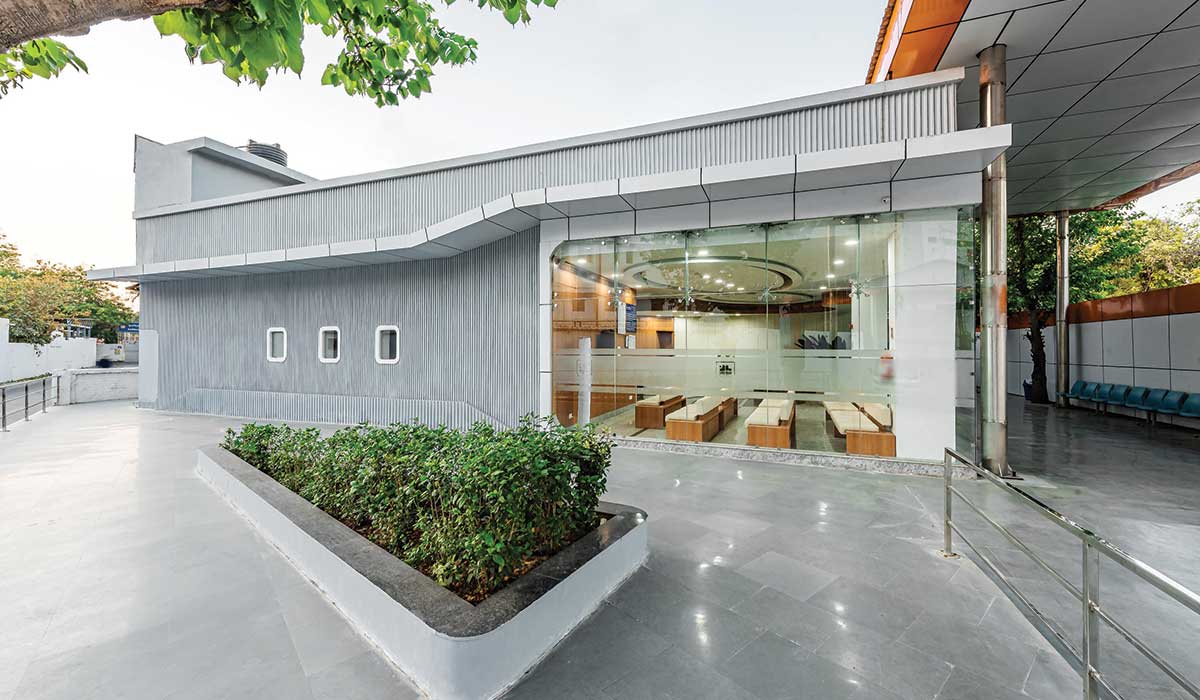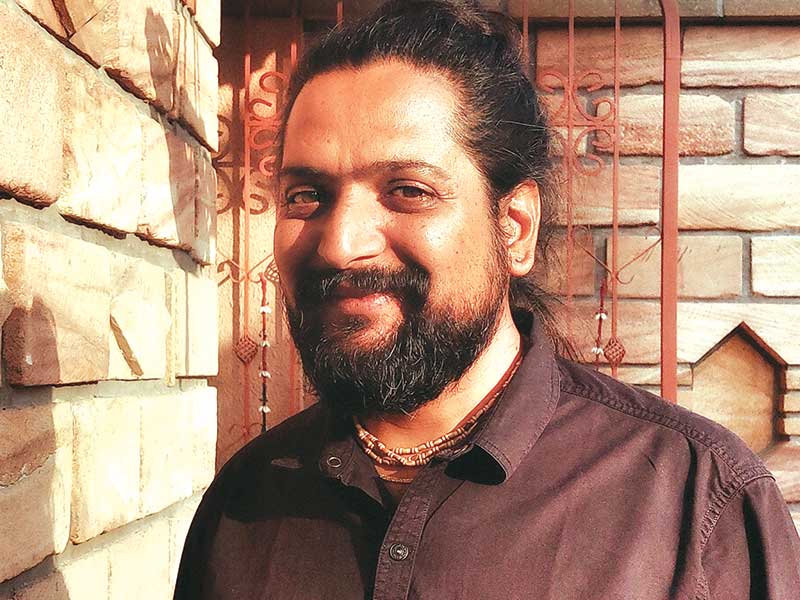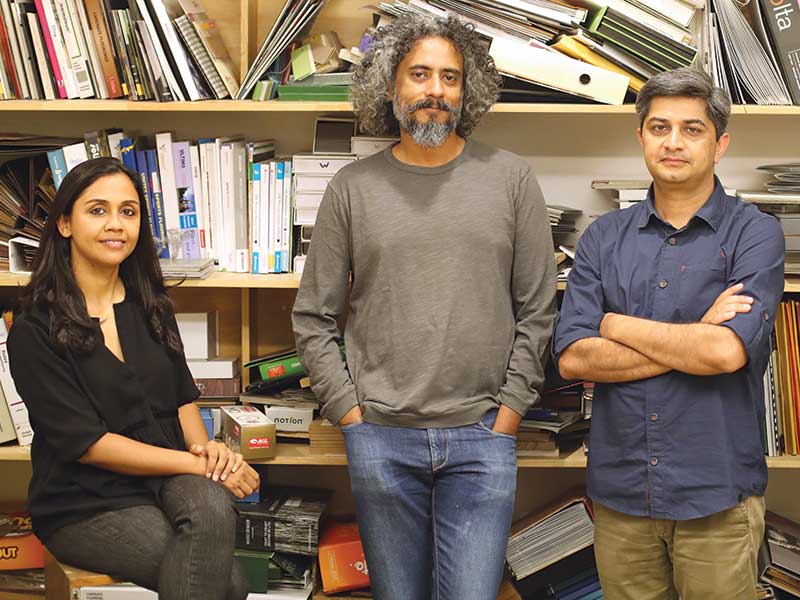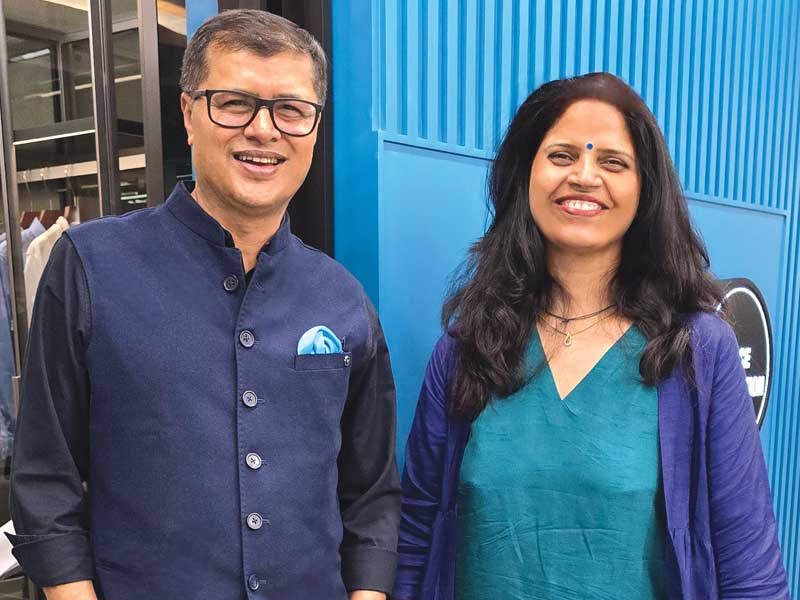
India has always been a favourite destination for affordable healthcare seekers. With tourism gaining prominence, healthcare has strategically evolved towards providing holistic luxury. This allows promoters to diversify within offerings and improve the overall viability of the enterprise. By incorporating cutting-edge technology, new age construction practices with state-of-the-art facilities, hospitals further attract a diverse range of patients from all around the world.
With a strong focus on patient-centric care, new healthcare architecture emphasises accessibility, comfort, and empowerment from a patient’s perspective. From simple solutions such as utilising a soothing colour palette to intrinsically imbibing nature-inspired designs, hospitals prioritise patient well-being through renewed spatial experiences. New blurred lines between hospitality and healthcare redefine the overall essence of modern wellness care. Rising luxury hospitals hence look forward to all such needs by fostering trust and connection through a series of diversified architectural and medical measures.

Spatial configuration, guided by Evidence-Based Design principles, can be planned to maximise natural light exposure for all patients and caregivers and position allied functions, such as circulation cores in areas that receive comparatively less daylight. Principles of Evidence-Based Design guide the physical environment of these hospitals. Abundant natural light, biophilia, scenic views, privacy, and modularity are scientifically integrated to enhance the spatial quality of hospitals.
Another strategy is constructing positive distractions by amplifying views towards nature and landscaped areas and designing interiors like a large transparent entrance lobby adorned with warm, healing colours in beige and brown shades and smooth curved forms derived from neuro-aesthetic design principles. Such a design approach creates a soothing atmosphere that exudes a deep sense of tranquility.
In the realm of healthcare architecture, adaptive reuse has become an innovative approach for shaping modern healthcare facilities. In urban areas where land is scarce and expensive, repurposing existing infrastructure offers a sustainable solution. Placing various departments strategically with an open floor plate with service cores at both ends, allows maximum flexibility in planning in-patient and out-patient departments across various floors. Separate entrances for visitors and emergencies on different floors cater to various arrival modes that ensure patient rooms enjoy natural light and outside views. Fundamentally, from a medical planning perspective, the impetus to transform an existing structure into a functionally optimised medical facility is based on a patient-centric approach.















